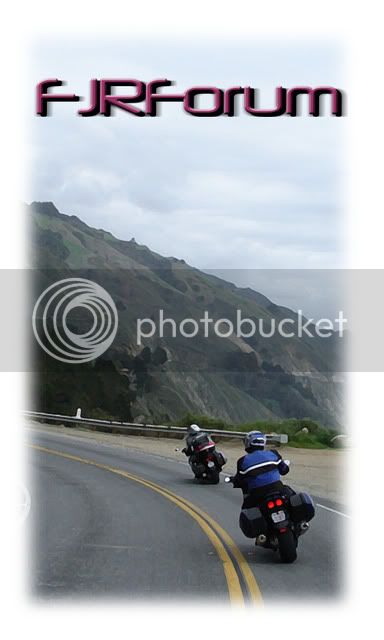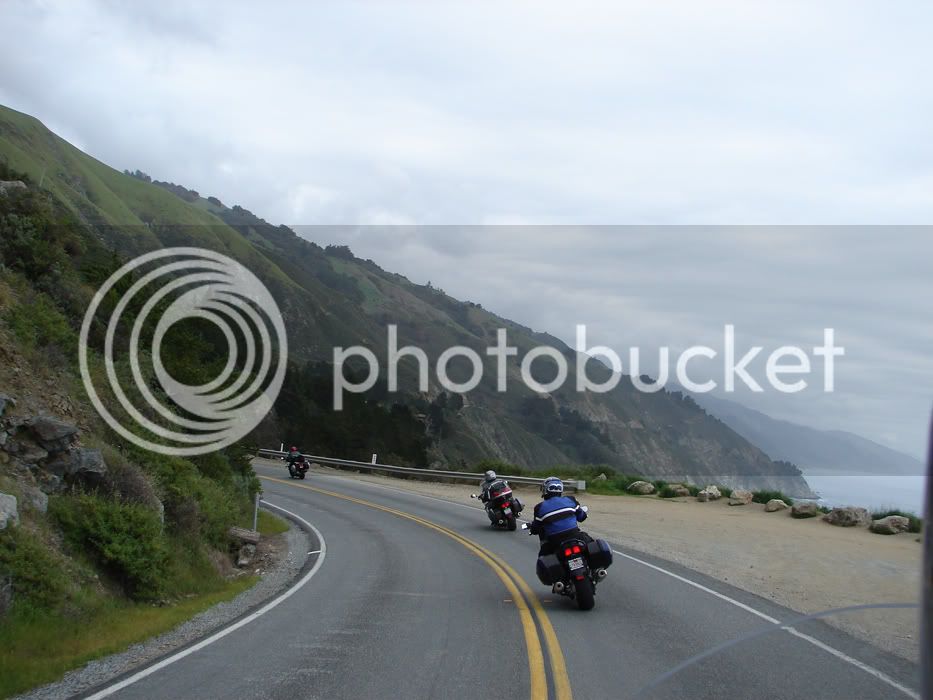Rickster
Well-known member
Let me start with stating that I do believe in studying what-went-wrong stuff.
From the pics -- ZZ practiced ATGATT -- a smart man, but there's just not much detail that we can learn from on this one. Did the car blow-out? was cage driver not paying attn? too many questions here.
We don't have any details from what I see -- so we are all generalizing on what is safer.
The best advice i ever received was:
From the pics -- ZZ practiced ATGATT -- a smart man, but there's just not much detail that we can learn from on this one. Did the car blow-out? was cage driver not paying attn? too many questions here.
We don't have any details from what I see -- so we are all generalizing on what is safer.
The best advice i ever received was:
- If you're going to ride like a super-hero -- it better be wonder woman (her aircraft was invisible!) -- don't ever believe that anyone can see you. I have had people appear to look me straight in the eye -- and then pull out infront of me.
- Practice skills before you need them. Practice in a controlled environment -- know your limits. You will react in an emergency to what your instincts edict -- so good practice leads to good instincts.
- ATGATT.












































![fjackets Real Lambskin Leather Biker Jacket — Quilted Cafe Racer Zip Up Moto Leather Jackets For Men | [1100085] Johnson Brown, XL](https://m.media-amazon.com/images/I/41I7Pm1f+vL._SL500_.jpg)




















